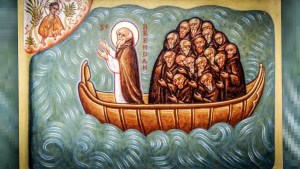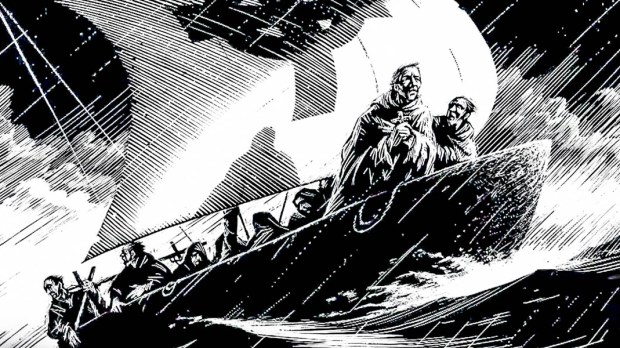Lenten Campaign 2025
This content is free of charge, as are all our articles.
Support us with a donation that is tax-deductible and enable us to continue to reach millions of readers.
St. Columba lived in the sixth century and is remembered as an influential Irish missionary who brought Christianity to Scotland. Besides founding monasteries and churches wherever he went, Columba also fought with a mysterious creature on the shores of the river Ness.
The encounter is recorded in an early biography of St. Columba written in the seventh century, and narrates how he rebuked a river monster.
One day when St. Columba was passing by the river Ness he noticed a group of men burying another man. He learned that the man was bitten by a huge monster living in the river and went to investigate. It didn’t take long for the monster to emerge from the water to engulf another man swimming across the river.
St. Columba wasn’t going to stand idle.
Then [St. Columba] observing this, raised his holy hand … and, invoking the name of God, formed the saving sign of the cross in the air, and commanded the ferocious monster, saying, “Thou shalt go no further, nor touch the man; go back with all speed.” Then at the voice of the saint, the monster was terrified, and fled more quickly than if it had been pulled back with ropes.
Then the brethren seeing that the monster had gone back, and that their comrade Lugne returned to them in the boat safe and sound, were struck with admiration, and gave glory to God in the blessed man. And even the barbarous heathens, who were present, were forced by the greatness of this miracle, which they themselves had seen, to magnify the God of the Christians.
The episode is regarded by many as the first ever written account of the Loch Ness monster and may explain why the mythical beast remains elusive to this day.
St. Columba: 1, Nessie: 0.

Read more:
Did St. Brendan discover America in the 6th century?

